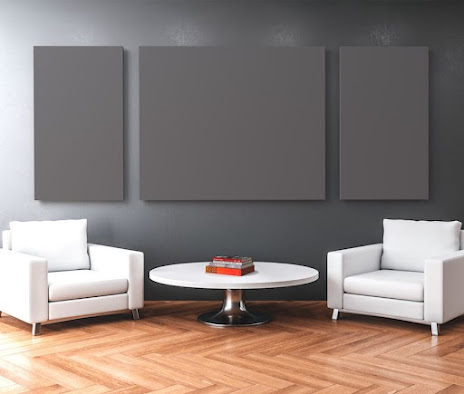There are several key reasons why soundproofing your studio space is so important for achieving crystal-clear audio recordings. One of the main reasons is to reduce noise interference from outside sources.
When external noises like traffic, loud voices, or other ambient sounds infiltrate the studio, they can degrade the quality of your recordings. Distracting outside noises make it difficult to focus while recording vocals or instruments and can cause issues like unwanted echoes or room resonances.
Properly Soundproof Foam helps create an isolated environment where you and your microphones can hear everything clearly without outside noise interference. This allows you to capture pristine, studio-quality recordings.
Another key benefit of soundproofing is that it improves concentration while recording. Without worrying about external distractions, you'll be able to focus completely on your performance and the fine details of the recording.
As the table above outlines, some of the main reasons for soundproofing include reducing noise, allowing better focus while recording, and obtaining professional quality audio free of external interference. Let's now explore some commonly used soundproofing materials.
Choosing the Right Materials for Soundproofing When it comes to choosing soundproofing materials, there are several options to create an acoustically isolated space for crystal clear audio recordings.
One popular material is mass-loaded vinyl (MLV). MLV consists of heavy vinyl layers that are very effective at stopping airborne noise. It is easy to install on walls and ceilings and provides broadband sound insulation.
Another good choice is soundproof drywall. Typical drywall does little to block noise, but soundproof versions contain layers of insulation that dramatically improve sound blocking. Green Glue is a popular product used between two layers of drywall. It works by damping vibrations to isolate wall surfaces.
Acoustic Foam Panels UK are also a key part of a soundproofing scheme. Panels help absorb unwanted reflections and echoes within a space. Materials like fiberglass, mineral wool, rigid fiber, or foam panels are commonly used. Properly placed acoustic panels can clean up reverberations that muddy recordings.
Closed-cell sound insulating foam can be used to seal and insulate cracks or gaps where noise may enter. Styrofoam or polyethylene foams are effective yet inexpensive options. Make sure any foam used has a high Noise Reduction Coefficient (NRC) rating.
Installing acoustic door seals around studio entry points like doors is also important. Door bottoms, thresholds, and perimeter seals help block noise transmission and prevent sound leaks. Combined with a solid-core door, effective seals are essential for rooms used for crystal clear audio production.
By utilizing various combinations of these materials, focused on key areas as outlined below, a well-soundproofed studio environment can be achieved. Let's now explore where to focus soundproofing efforts.
Key Areas to Focus On When Soundproofing When developing a soundproofing project plan, there are certain areas of a studio space that should receive priority attention to maximize results.
Arguably the most critical surfaces to treat are the walls, where soundproof drywall or MLV should be applied. Walls are large, flat surfaces where audio vibrations travel easily unless dampened.
The ceiling is another large, open plane where noise can echo and carry. Proper insulation and absorption materials on the ceiling help limit this.
Doors and especially windows should also be focused on, as these are common weak spots where outside noise breaks in. Adding acoustic seals and insulation helps reinforce these pathways.
Electrical sockets and light switches can act as conduits for noise to enter if not sealed properly. Foam inserts provide an easy solution. HVAC vents require specialized vent covers to maintain airflow while blocking noise transmission.
With thorough treatment of walls, ceilings, doors, windows, and points of entry, you'll be well on your way to a well-insulated studio enclosure.
Seeing measurable results is important to ensure your time and budget go towards an effective sound absorbing foam solution. In the next section, we'll discuss testing methods.























